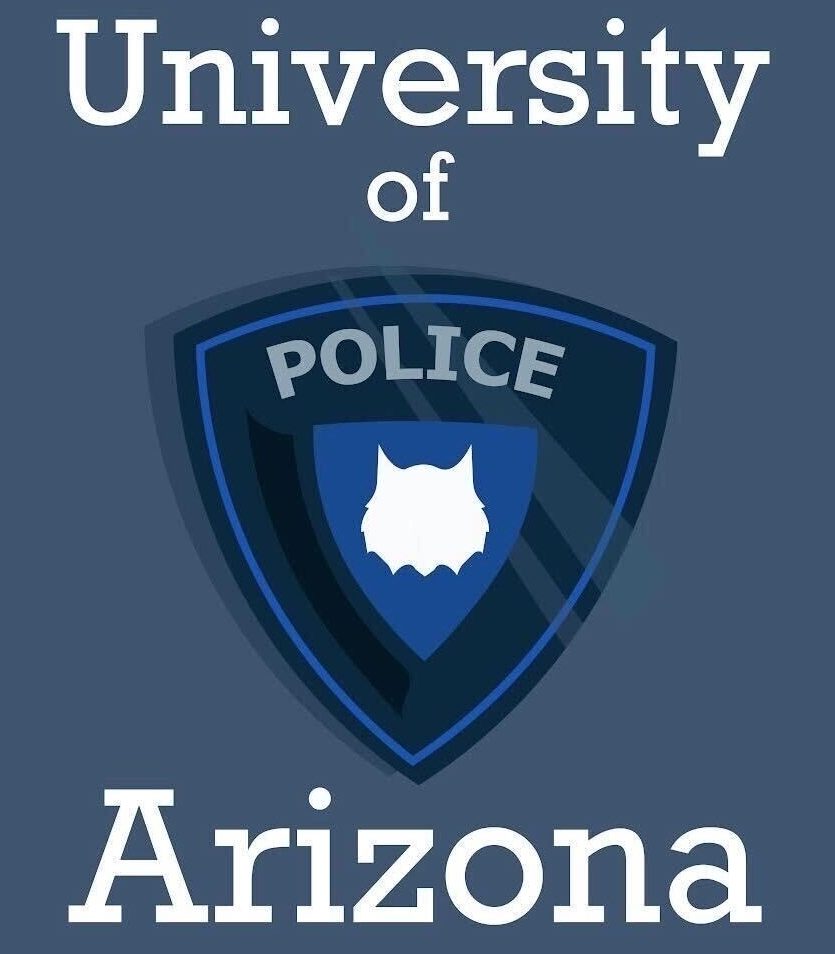LONDON – The elderly gentleman appeared nervous when police questioned him during a customs check aboard a train from Switzerland to Germany. He was carrying about $12,000 in cash, just within the legal limit.
But a feeling that something was not quite right led authorities to raid the man’s apartment in Munich several months later, resulting in the astonishing discovery of what could amount to more than $1.3 billion worth of artistic masterpieces, some – or all – of them looted by the Nazis more than 70 years ago. That would make it one of the largest such troves recovered since World War II.
The stunning find is being reported by the German news magazine Focus, which said the hoard included paintings by Picasso, Chagall, Matisse and Klee that were believed to be lost or destroyed in the war. Though priceless, the 1,500 pieces were crammed next to piles of canned food in the messy Munich apartment of Cornelius Gurlitt, the 80-year-old son of a well-known Nazi-era art dealer.
The raid on Gurlitt’s home was conducted in early 2011, Focus reported, but German officials have kept mum for more than two years as they moved the artworks into safe storage outside Munich and started untangling the tricky knot of issues surrounding their provenance and whether – and how – to return them to their rightful owners.
Many of those original owners could turn out to be Jewish families who saw their belongings confiscated by the Nazis or who sold them at knock-down prices in their desperation to flee Europe and avoid deportation to the extermination camps.
Of special interest to art historians will be the 300 or so pieces that may have featured in the catalogue of what Hitler denounced as “degenerate art,” works that did not fit in with his vision of a reactionary, racially pure society. In an infamous 1937 exhibition in Munich, the Nazis displayed 650 such objects – sculptures, paintings, books – with derisive explanatory labels. Among the reviled artists were Chagall and Kandinsky.
Focus said that when Gurlitt needed money, he sold off individual pieces, such as “The Lion Tamer” by German Expressionist painter Max Beckmann, which fetched nearly $1.2 million at an auction in Cologne two years ago.
His father, Hildebrand Gurlitt, was a knowledgeable art dealer who, despite some suspicion about his suitability and background, was tapped by the Nazis to help them collect and sell artworks, including those stolen from Jews. Many of the pieces the elder Gurlitt acquired or handled were believed destroyed during wartime bombing but now appear to have wound up in the hands of his son.
When police raided Cornelius Gurlitt’s apartment and began removing the pieces, Focus said, he reportedly told officers that they needn’t have bothered, because he was going to die soon. He is now under suspicion of tax evasion.
Holocaust survivors and their descendants around the world have campaigned for years to have their family treasures restored to them. In March of this year, the French government returned seven paintings – four of which had hung in the Louvre – to the heirs of their original owners, calling it a “moral issue.” Six of the pieces went to the American grandson of a Jewish couple who escaped from Vienna to France and then to Cuba by selling off part of their collection.
Only last week, Dutch museums announced they had identified 139 artworks that might have been confiscated from Jewish owners.








